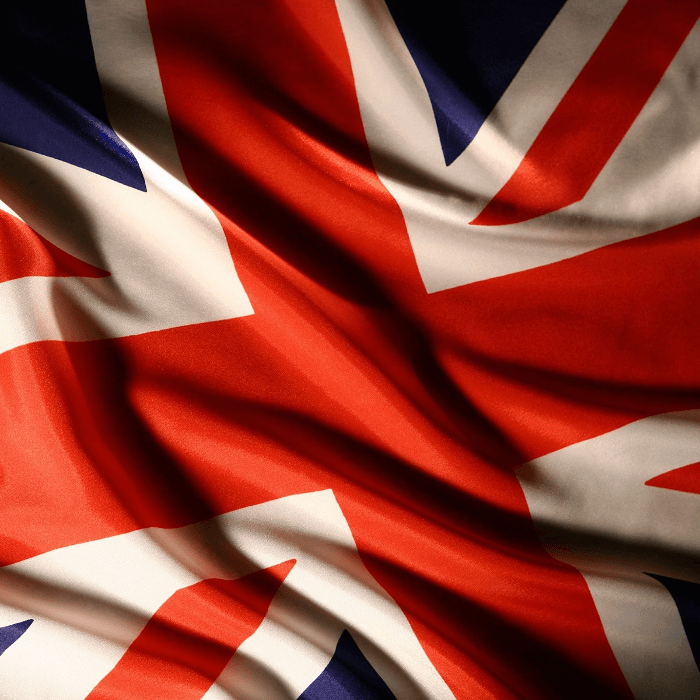 |
| Image of a Union Jack. Image is in the public domain. |
Flags may look simple, but they are really not. Every flag is different because every flag stands for something unique, whether it be a country, a state or province, or even an idea. The colours and symbols on flags represent the special qualities of the places or ideas they represent.
Although every flag is different, all flags are built in basically the same way. Every flag has five parts. The first part is called the hoist. The hoist is the inside edge of the flag. This is where it meets the pole. The rope travels along the hoist. The second part is called the field. The field is the middle part of the flag. In the United States flag, this is where the stripes are. The third part is called the fly. The fly runs along the outside edge of the flag. The fly is the part of the flag that flaps in the wind. The fourth part is called the canton. The canton is the upper-inside of the field. In the United States flag, this is where the stars are. The fifth part of the flag is called the badge. This is the picture or pattern, that is on the flag. Some flags have more than one badge. The United States flag has two badges. The first badge is the stars. The second badge is the stripes.
Although their construction seldom varies, flags can be different shapes. Most flags are rectangles, but not all of them are. For example, the flag of Switzerland is a square. Nepal's flag is two triangles. The flag of the state of Ohio has a tailed design.
Most flags have meanings. For example, the United States is a country comprised of 50 states; likewise, its flag has 50 stars. The 50 stars represent the 50 states. The flag of Japan is white with one red circle. The red circle represents the sun. For this reason, Japan is often known as "The Land of the Rising Sun." The flag of El Salvador has three horizontal stripes. The blue stripes represent the Atlantic and Pacific Oceans. The central white stripe symbolizes peace.
Although no two flags are the same, some flags contain similar colours on purpose. For example, many nations in Africa use the colours red, gold, and green on their flags. Ghana, Benin, Senegal, and Cameroon are just a few of the countries in Africa with these colours on their flags. These colours represent unity and strength for all African nations. Many Arab countries, such as Egypt, Iraq, Jordan, and Kuwait, use the colours red, green, black, and white in their flags. These colours represent purity and courage for all Arab nations.